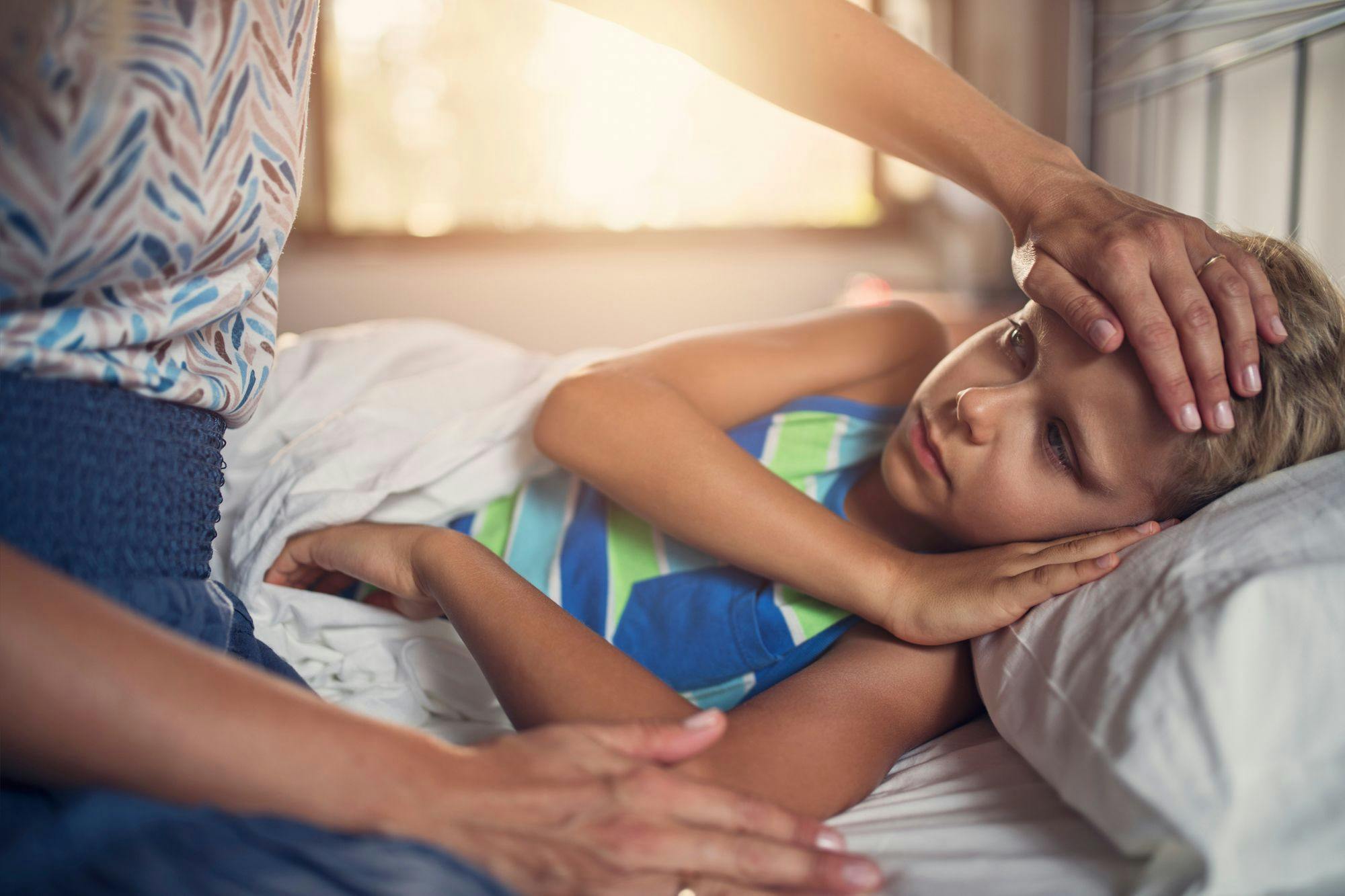What to Do If Your Child Has a High Fever
If your child is struggling with a fever, it’s important to remember that what they’re experiencing is a very normal response to illness. When your child is exposed to a germ, their immune system initiates a complex immune response to fight it off, and that response shows up as a fever.
By itself, fever is never an emergency - it’s always more important to find out what’s causing the fever. That said if your child is feeling lousy, lowering the fever can often help them feel better.
What is a high fever for a child?
Most people would agree that a ‘normal’ body temperature is 98.6 °F. However, what’s important to understand is that there is a range of normal temperatures both above and below this number and that a 'normal' temperature is highly dependent on how the temperature is taken.
Rectal temperatures are generally the most accurate, but an oral or armpit (axillary) temperature can be as low as 96 °F and still be considered normal!
The definition of a fever is a temperature of 100.4 °F or higher in infants and 101 °F or higher in older children and adults. At its highest, a fever can push a child’s temperature to 104 °F or even 105 °F.
How to tell if your child has a fever
- Feel — An older study from 1996 actually demonstrated that a caregivers sense of whether their child had a fever was startlingly accurate
- Take a temperature — Generally, rectal temperatures are most accurate but may not be practical in older children. A good quality armpit (axillary) or oral temperature is just as helpful. We don’t recommend temperature strips, ear thermometers, or temporal artery thermometers as accuracy can be an issue unless significant money is spent on fancy equipment!
- Don’t get hung up on adding or subtracting degrees. The best policy is to report the temperature as read on the device. Also, manufacturers will include instructions on how to maximize the accuracy of the device

Lowering your child’s fever without medication
- Tepid water sponge bathing
- Dress your child in light clothing
- Use light blankets
When to seek medical attention
Neither the height nor length of fever are reliable predictors of serious illness. Scary stuff like meningitis may present with fevers that aren’t all that high, and viral illnesses which we often think of as being not all that serious can cause fevers as high as 104 or 105 °F! The short answer is that generally, we recommend you seek care:
- Any time you’re worried
- Fever > 3 days
- Signs of true lethargy - not just sleepy but having a very hard time waking up



